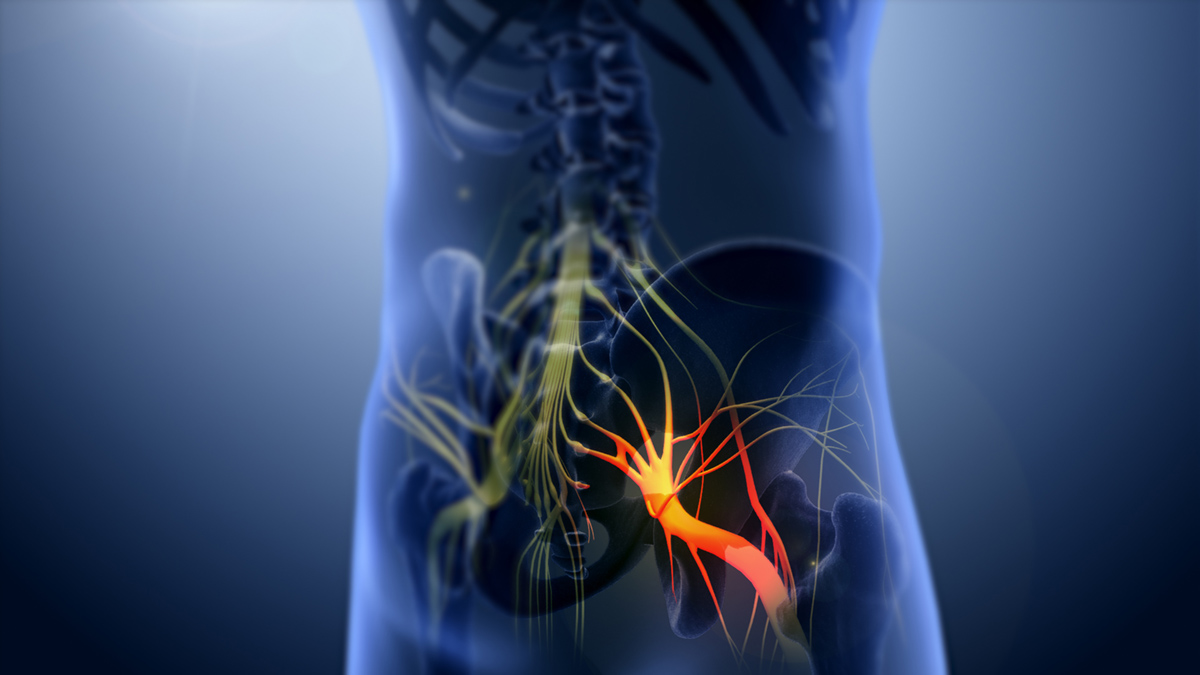
Sciatica
Sciatica is a medical condition which features with the pain in the lower part of the back and gluteal region. In moderate cases, the pain is localized and if the disease is severe the pain may even radiate down one or both lower extremities. The actual cause of sciatica is compression of the nerve root in the spine. This compression is caused by bulging of the vertebral disc and it most commonly occurs in degenerative diseases of the spine, lifting of heavy objects or in sudden and rapid movements of the back. Sciatic pain is described as dull or sharp, it may be accompanied by burning or tingling sensations. The affected area may become numb. The pain persists or may withdraw in certain positions. If it radiates it can spread to certain parts of the leg such as the thigh or the knee or it can spread all the way to the toes.
Conservative Treatment for Sciatica Pain
The first thing that is recommended by the doctor is bed rest. Reduction in movements will accelerate the process of healing and reduce the chance for further damage. Bed rest also helps in reduction of pain. The best position for patients suffering from sciatica pain is lying on the back with legs bended in the knees. A pillow can be placed under the knees to keep them apart from the bed.
Since the pain is intensive majority of patients are prescribed painkillers. They can be even bought over-the-counter. The most common medications given in sciatica are non steroidal anti-inflammatory drugs such as ibuprofen. Some patients are injected cortisone into the epidural space. This medication reduces inflammatory process hence helps with the pain.
Once the patient has overcome the pain he/ she may start physical therapy. Physical therapy is rather important in re-establishment of all the movements of the legs. Apart from that physical therapy also strengthens the waist muscles as well as back muscles, which is essential in prevention of recurrent sciatica attacks.
Surgery for Sciatica
In patients with severe symptoms of sciatica including bladder and bowel incontinence the surgical repair is the only choice. Basically, patients whose symptoms do not withdraw within 4 to 6 weeks after the onset of sciatica are perfect candidates for the surgery. Laminectomy is most common surgical procedure done in patients suffering from sciatica. The goal of the surgery is to reduce the pressure on the spinal roots which is achieved by removal of a portion of the posterior arch.
Surgery is also performed in patients who suffer with sciatica that is caused by spinal stenosis.










-Causes,-Symptoms,-Diagnosis,-Treatment_f_280x120.jpg)






Your thoughts on this
Loading...